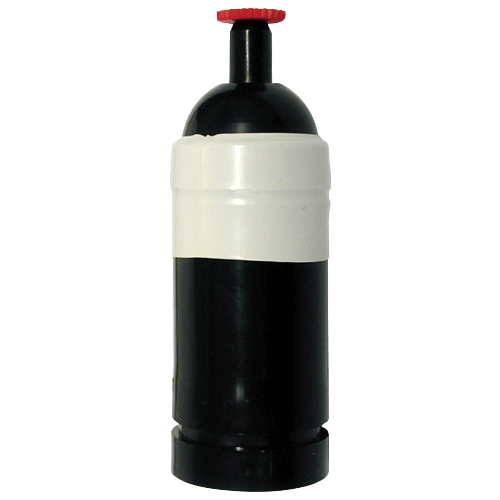In-depth Asbestos Survey Offerings
In-depth Asbestos Survey Offerings
Blog Article
Your Guide to Effective Asbestos Evaluating Procedures
Asbestos screening procedures are a vital component of making sure the safety of indoor environments, specifically in older buildings where this harmful product may be existing. The possible health dangers connected with asbestos direct exposure make it necessary to approach testing with precision and thoroughness.
Recognizing Asbestos and Its Dangers
Asbestos, a naturally occurring mineral recognized for its warmth resistance and durability, poses extreme health and wellness threats when its fibers are breathed in or consumed. asbestos testing service. Direct exposure to asbestos can bring about serious health and wellness conditions such as lung cancer, mesothelioma, and asbestosis. Despite its advantageous residential or commercial properties, asbestos has been commonly banned in many countries due to the proven web link in between asbestos exposure and these life-threatening conditions
The threat lies in the microscopic fibers that can easily become air-borne when asbestos-containing products are disturbed or damaged. When inhaled, these fibers can come to be lodged in the lungs, causing inflammation and scarring over time. The latency duration in between exposure to asbestos and the development of related conditions can cover several decades, making early discovery and prevention important.
Asbestos was generally made use of in building materials, insulation, and vehicle components before its wellness risks were fully recognized. Today, correct screening and elimination of asbestos-containing materials are important to shield people from the risks related to asbestos direct exposure.
Identifying Possible Asbestos Materials
The identification of possible asbestos materials is a critical action in guaranteeing the safety and security of people revealed to hazardous compounds in different settings. Asbestos can be located in a large range of structure materials, consisting of but not limited to insulation, ceiling tiles, floor tiles, cement sheets, and roof tiles - asbestos survey. Recognizing these products properly is necessary to properly managing the risks associated with asbestos direct exposure

In instances where aesthetic examination is undetermined, samples of believed materials can be collected and sent out to accredited labs for screening. These research laboratories employ specialized strategies such as polarized light microscopy or transmission electron microscopy to accurately figure out the visibility of asbestos fibers in the samples. By adhering to rigorous recognition treatments, individuals can properly reduce the threats associated with asbestos direct exposure.
Choosing the Right Testing Approach
Identification of possible asbestos products plays a vital role in establishing the proper screening method for precise asbestos fiber detection. When suspected materials have been determined, picking the best screening technique is vital to make sure reputable outcomes. There are two primary techniques for asbestos screening: polarized light microscopy (PLM) and transmission electron microscopy (TEM) PLM is frequently used for initial screening as it is economical and gives quick results. PLM has restrictions in finding asbestos fibers that are smaller sized than 1 to 3 microns. On the various other hand, TEM is an extra advanced technique that can accurately identify asbestos fibers at the ultrastructural degree. While TEM is more time-consuming and expensive than PLM, it uses greater level of sensitivity and uniqueness in asbestos detection. Choosing the suitable testing technique depends on various factors such as the kind of material being tested, the called for level of sensitivity of the analysis, and the offered budget plan. It is important to consult with certified asbestos testing experts to determine one of the most ideal technique for your details his comment is here screening needs.
Carrying Out Sample Collection Safely
When gathering examples for asbestos testing, focusing on precaution is critical to decrease possible exposure threats. Asbestos my review here fibers are hazardous when disturbed, making it essential to adhere to proper safety procedures throughout sample collection - asbestos testing service. Prior to beginning the tasting procedure, guarantee that you are equipped with individual protective devices (PPE) such as non reusable coveralls, safety glasses, gloves, and masks to protect against inhalation or call with asbestos fibers
It is important to damp the sampling area making use of a mild haze of water to stop the fibers from ending up being air-borne during collection. When collecting samples and prevent hostile scuffing or drilling that could launch asbestos fibers right into the air, Usage care. Instead, meticulously reduced a tiny item of the product making use of appropriate tools and place it into a secured container for evaluation by a qualified research laboratory.
Furthermore, labeling each example with detailed information regarding the sampling date, location, and collector's name is essential for accurate record-keeping and evaluation. By adhering to these security you could try here guidelines, you can perform example collection for asbestos screening efficiently while reducing the threat of direct exposure.
Analyzing Test Results and Following Steps

Final Thought
To conclude, reliable asbestos screening treatments are necessary in identifying and taking care of possible health dangers connected with asbestos exposure. By recognizing the risks of asbestos, determining possible products, selecting the ideal testing technique, performing sample collection safely, and interpreting examination results accurately, people and companies can take the necessary steps to secure themselves and others from the harmful impacts of asbestos. It is essential to prioritize security and correct screening protocols to make certain a healthy atmosphere for all.

Identification of prospective asbestos products plays a critical duty in figuring out the suitable testing method for exact asbestos fiber discovery. The test results will show the presence or lack of asbestos, the type of asbestos fibers existing, and the focus levels.In final thought, effective asbestos screening treatments are vital in determining and managing possible health and wellness dangers connected with asbestos exposure. By recognizing the risks of asbestos, recognizing prospective materials, picking the ideal screening technique, conducting sample collection safely, and translating test results precisely, organizations and people can take the necessary actions to protect themselves and others from the dangerous effects of asbestos.
Report this page